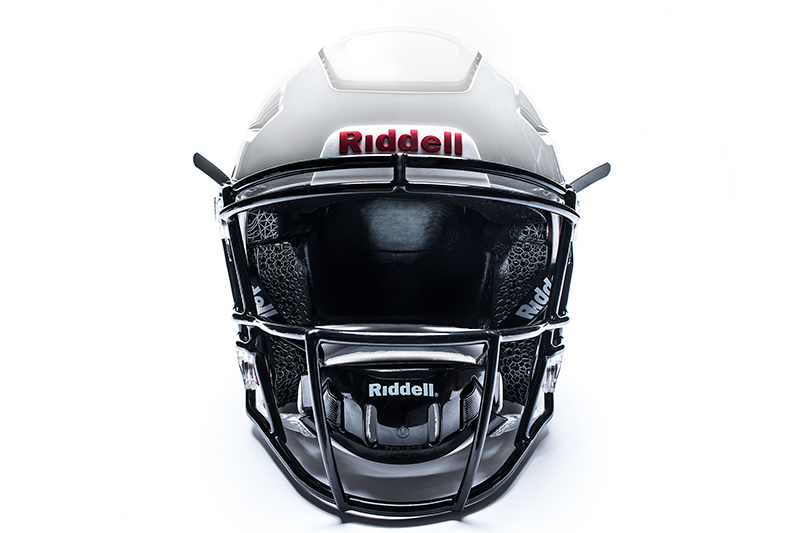The modest nasal swab, a product that’s been around for more than 100 years, was reinvented and launched by a team of engineers at Carbon and Resolution Medical in 20 days. The 3D printer company, co-founded by chemist and entrepreneur Joseph DeSimone, recognized the shortage in swab supplies during the height of the pandemic and set out to help. But in typical Carbon fashion, it didn’t just print swabs, it improved them.
As it did with the bike saddle and the football helmet, Carbon takes products that have been around forever and helps companies reimagine them through the lens of additive manufacturing. Through its partnerships with companies, such as Ford, Riddell, Adidas, and Specialized, Carbon is out to prove that its 3D printing technology can replace existing methods of manufacturing for a wide range of products, and the most exciting are yet to come.

Although DeSimone wasn’t going to let the cat out of the bag on new applications just yet, he did tell All3DP to keep a close eye on professional sports for areas where 3D printing is replacing foam, and he also hinted at new applications for cars.
“All I can generally say is that if you keep an eye on the consumer and automotive space, you’ll see where they’re getting performance from 3D printing that is top notch,” says DeSimone.
Consumer electronics is another promising frontier for 3D printing. “You’re going to see more happening in electronics with materials that have to perform and with designs that are unmakeable ,” he says.
Innovative use cases aren’t just the tailwind driving the additive manufacturing industry forward, according to DeSimone, they are what will enable companies like Carbon to take a big bite out of the injection molding industry.
Pro 3D Printing in the Spotlight
“People are seeing use cases and the comfort level is going way up. These use cases are how you take 3D printing from an $8 billion industry mostly focused on prototyping and a little bit of dental, and move it into the high-volume $300 billion injection molding industry,” says DeSimone. “That’s the juggernaut that we’re focused on.”
Carbon’s nasal swab use case is turning heads and, perhaps, changing minds. Not only did an initial medical trial show that the Carbon swabs reduced the number of false-negative COVID diagnosis, but Carbon was able to pivot its manufacturing focus quickly to produce more than 1 million swabs a week.
“What a digital manufacturing footprint enables you to do is have dynamism in what you’re producing,” says DeSimone. “There are 4,000 injection molding shops in North America and they have a fairly well honed approach for introducing new products, but it’s costly with all the tooling and the long set up time. To be able to have a very flexible production facility that can ebb and flow with what products are needed has been testimony to who we are.”
As compromised supply chains brought to light during the pandemic continue to worry manufacturers and their customers, additive manufacturing advocates like DeSimone are speaking out about the alternatives.
“I’ve been in a lot of calls and conversations on a national level with Washington, D.C., and National Academies on, not just the pandemic, but other types of supply chain disruptions and where the nation is vulnerable,” he says. “At the top of the list are pharmaceuticals, integrated circuits and chips, then you get into hard goods. I see a lot of thoughtful analysis going into the question: How do we become more sustainable as a country and more agile with our supply chains?”
The answer to the supply chain question, as well as the innovation and speed to market question, for DeSimone, is simple: additive manufacturing.
License: The text of "3D Printing’s Answer to Supply Chain Uncertainty" by All3DP Pro is licensed under a Creative Commons Attribution 4.0 International License.